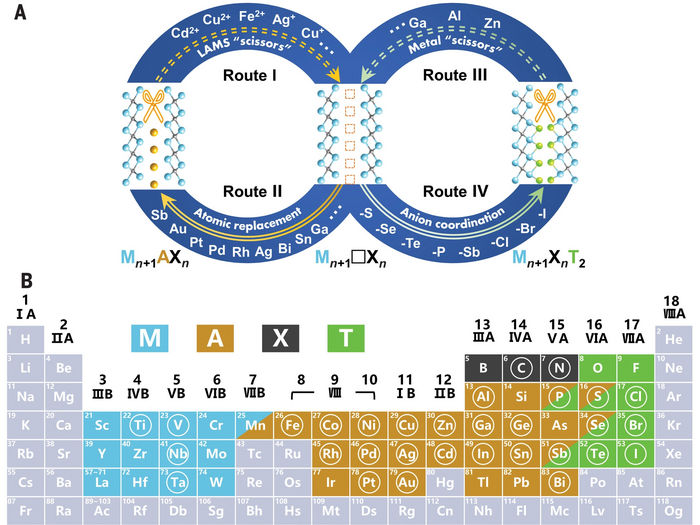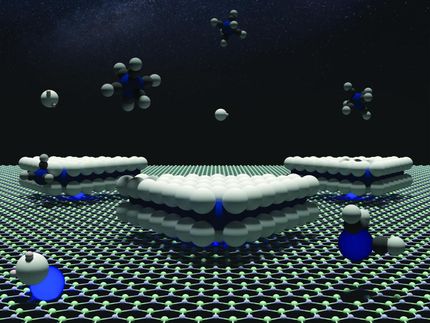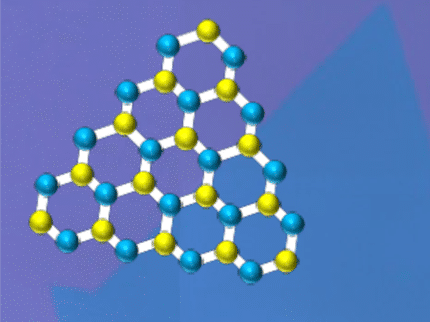Chemical scissors enable structural editing of layered materials
Structural editing strategy of MAX phases and MXenes
Advertisement
Researchers led by Prof. HUANG Qing at the Ningbo Institute of Materials Technology and Engineering (NIMTE) of the Chinese Academy of Sciences (CAS), in collaboration with researchers from USA and Sweden, have developed a chemical scissors-mediated structural editing strategy for layered transition metal carbides (MAX phases) and their two-dimensional (2D) derivatives (MXenes).

Structural editing strategy of MAX phases and MXenes mediated by chemical scissors
NIMTE
Based on this strategy, the structure and elemental composition of MAX phases/MXenes can be precisely regulated, allowing a wealth of novel MAX phase and MXene materials to be obtained that are limited by conventional routes.
The study was published in Science.
MAX phases are a family of nanolaminated ternary carbides or nitrides that have attracted considerable attention as high-temperature structural materials. MAX phases have a typical layered structure in which the MX and A layers are alternately stacked, so that the atomic layers on the A site can be chemically etched to obtain their 2D derivatives, the MXenes.
As one of the newest members of the 2D material family, MXenes have shown broad application potential in energy storage, electromagnetic shielding and catalysis. However, precise control of the structure and elemental composition of MAX phases/Mxenes remains a major challenge, limiting specific functional applications.
In this study, the researchers have proposed a chemical scissors-mediated structural editing strategy that can be generally used for the structural and compositional tuning of MAX phases/MXenes, thereby improving the diversity of MAX phases/MXenes.
Using acidic molten Lewis salt and reductive metals as the chemical scissors, the A-site atomic layers of MAX phases and the surface terminations of MXenes can be removed. Various guest species, such as atoms and anions, can then be introduced into the intercalation space.
The topological transitions between MAX phases and MXenes involve four reaction pathways. The exquisite synergistic combination of these four reaction routes can greatly enrich the structures and elemental composition of MAX phases and Mxenes, thus obtaining a series of MAX phases with traditional (Al, Ga, In, and Sn) and novel (Bi, Sb, Fe, Co, Ni, Cu, Zn, Pt, Au, Pd, Ag, Cd, and Rh) A-site elements, and MXenes with various (-Cl, -Br, -I, -S, -Se, -Te, -P, and -Sb) surface terminations.
Interestingly, the reverse structural transition from 2D MXenes to 3D MAX phases can also be achieved. "This novel strategy may provide new ideas for the structural design of layered materials," said Prof. HUANG.
This chemical scissors-mediated structural editing strategy embodies both the "top-down" and "bottom-up" synthesis concepts of nanomaterials, and it facilitates the extension of the application functions of MAX phase and MXene materials to magnetic, optoelectronic, catalytic, superconducting and other functions.

































































